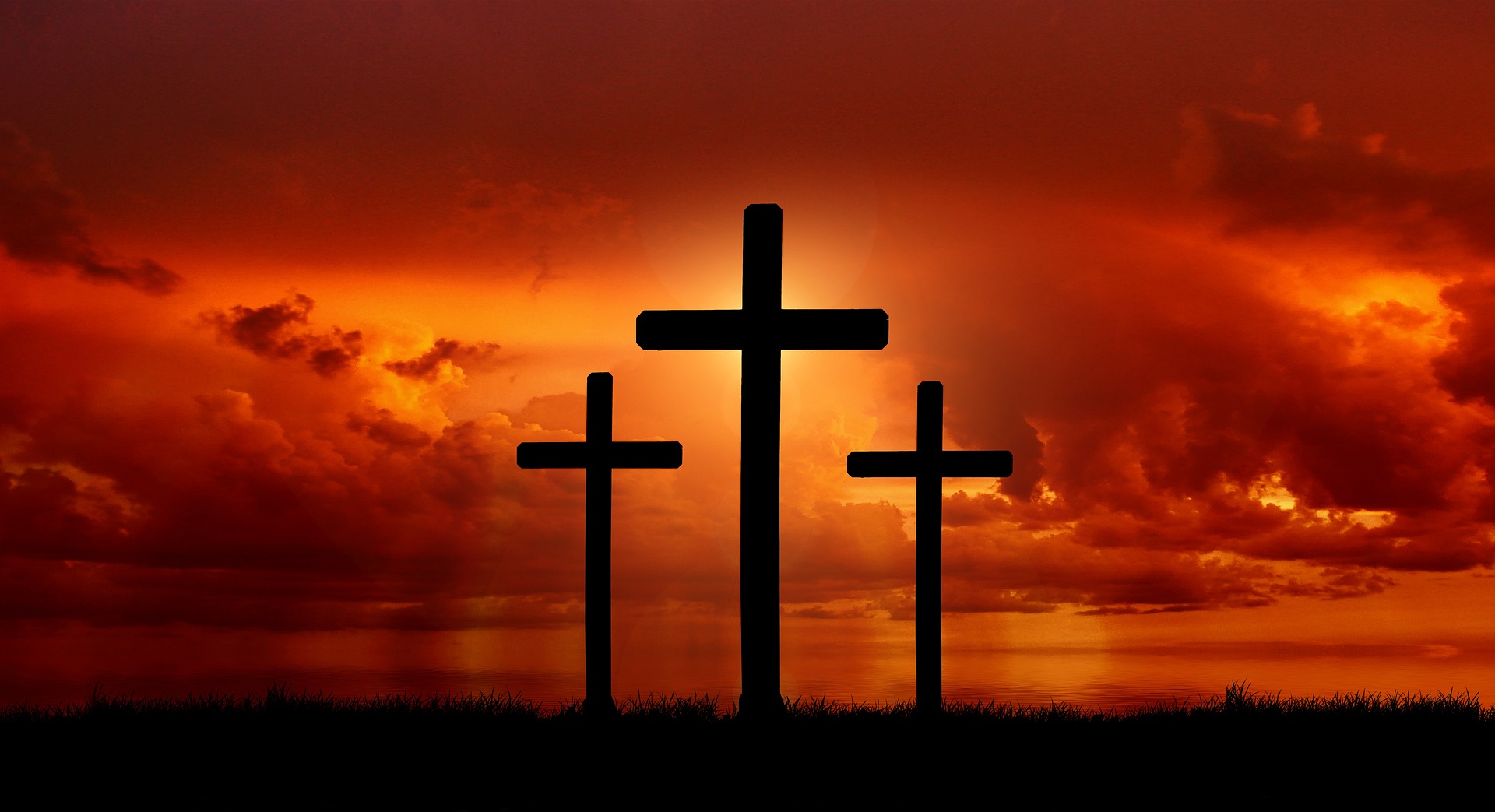Good Friday and Holy Saturday, as days of Jesus Christ’s suffering, death and burial, constitute the darkest days in the church year.
They are the darkest days in the Christian calendar – and at the same time, they are an important part of Easter, the highest holiday in Christianity: Good Friday and Holy Saturday. It is an “unbelievable” event in the truest sense of the word that Christians remember on Good Friday: after this day, after Maundy Thursday, the focus is on nothing other than the failure of their hope – the death of Jesus.
Good Friday thus also marks the first day of the “Triduum Sacrum,” the three Holy Days, which symbolize the core message of the Christian faith of the suffering, death and resurrection of Jesus Christ in the highest symbolic density.
Kar means lamentation. According to the Gospels, Jesus’ life ended with his execution by the Cross. At 3 p.m. – the hour of Jesus’ death – the death is commemorated especially – for example, through a Stations of the Cross. The focus is on the veneration of the Cross and the prayer of intercession for the Church and the whole world. The Eucharist is not celebrated on Good Friday and Holy Saturday. Good Friday is the only day other than Ash Wednesday, considered a strict fast day in the Catholic Church.
Traditional religious customs include Good Friday processions and Stations of the Cross. A Way of the Cross commemorates the suffering and death of Jesus. It is a pilgrimage in which the worshipper follows the stages of Jesus’ journey from condemnation to end on the Cross. The term also means a devotional form in which the worshipper inwardly retraces the journey of suffering.
Liturgically, Good Friday focuses on the account of the Passion (suffering and death) of Jesus according to the report in the Gospel of John. Communion is distributed at the end of the Good Friday liturgy. Already on the evening of Holy Thursday, the altar is covered. There are neither candles nor flowers nor any decorations on the altar. The churches’ sparse decoration points to Jesus’ suffering and death. This is how they remain on Good Friday and Holy Saturday until the celebration of the Resurrection on Easter Sunday.
Almost every Catholic church has 14 pictorial representations showing the Passion. Re-enacted is Jesus’ journey, described in the Bible, along the Via Dolorosa, the sorrowful road, in Jerusalem, from Antonia Castle, where Pontius Pilate condemned Jesus to death, to the site of Golgotha, where he died on the cross.
Holy Saturday itself is spent in silence as the day of JesusCrossial. Accordingly, it is also quiet in liturgical terms: it is considered a day of mourning and marks the second day of the “Triduum Sacrum.” On this day, the Church lingers at the Lord’s tomb, contemplating his descent into the tChurchlm of death and awaiting his resurrection. It ends with the Easter Vigil or the celebration of the Resurrection on Easter Sunday.
- Mag. Hector Pascua/picture: Bild von Gerd Altmann auf Pixabay
This post has already been read 1936 times!



